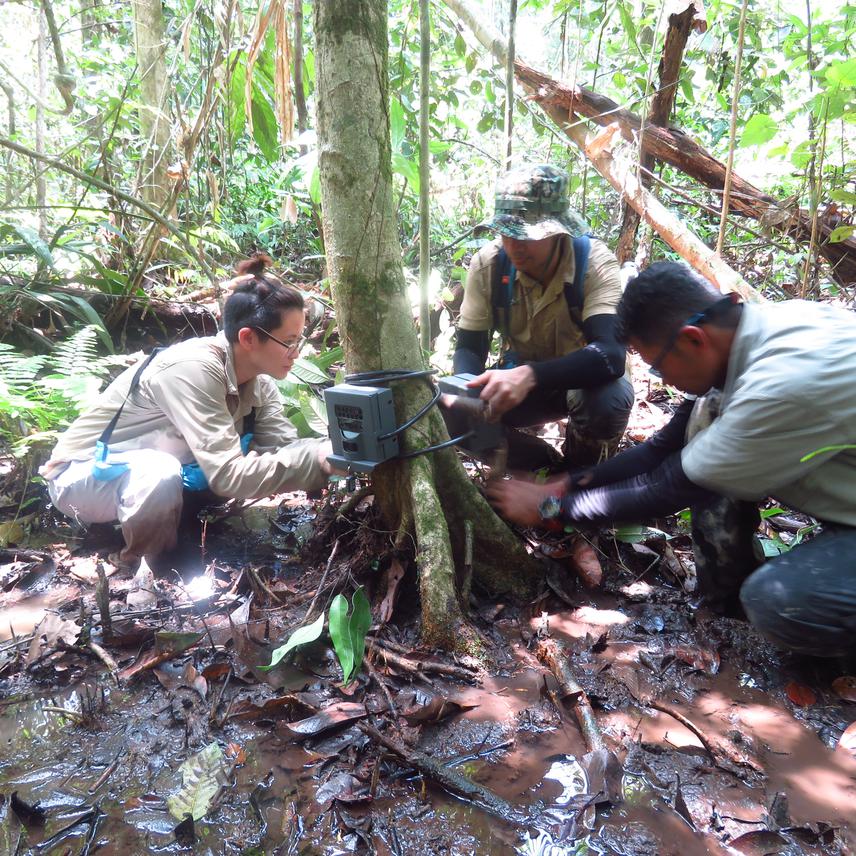Meryl Theng
This will be the first camera trap study conducted in this unprotected forest reserve and the first one that will be designed from a wetlands perspective. We hope to understand small carnivore species statuses in the different wetland types (swamp, stream, ephemeral pool) that the target species have been opportunistically recorded in in the past 2 years.
The specific objectives are as follows:
1. To determine small carnivoran diversity in the study area.
2. To examine activity pattern and other interesting behavioural patterns of the species’ captured in the study area.
3. To find out the distribution of the small carnivoran species in the study area.
4. To find out how similar or different small carnivoran diversity/assemblage is in wetland habitats.

Wetlands and its biodiversity in Southeast Asia are in crisis, as poor management and water demands continue to grow. In parts of the region, a particular community of mammals that are wetland obligates is relatively diverse and yet poorly known as studies in the region have mainly focused on larger, more charismatic mammal species, usually terrestrial (e.g. tiger, elephant, rhinos). In Peninsula Malaysia, it includes some of the region’s most endangered carnivoran species: the hairy-nosed otter (Lutra sumatrana), otter civet (Cynogale bennettii), flat-headed cat (Prionailurus planiceps); and other species like the short-tailed mongoose (Herpestes brachyura), smooth-coated otter (Lutrogale perspicillata) and small-clawed otter (Aonyx cinereus).
Through the use of camera trapping, we aim to determine small carnivore species statuses in a wetland site, and evaluate species’ ecological requirements. We expect to gain an understanding of how similar or different small carnivoran diversity/assemblage is in the various wetland habitats of an unprotected forest area. Local nature guides will be the main support for this project and subsequent awareness raising and capacity building activities in the surrounding villages.
This study will probably the first of its kind performed in Southeast Asia and will contribute to a much-needed understanding of small carnivore ecology in some of the most threatened habitats in the region.